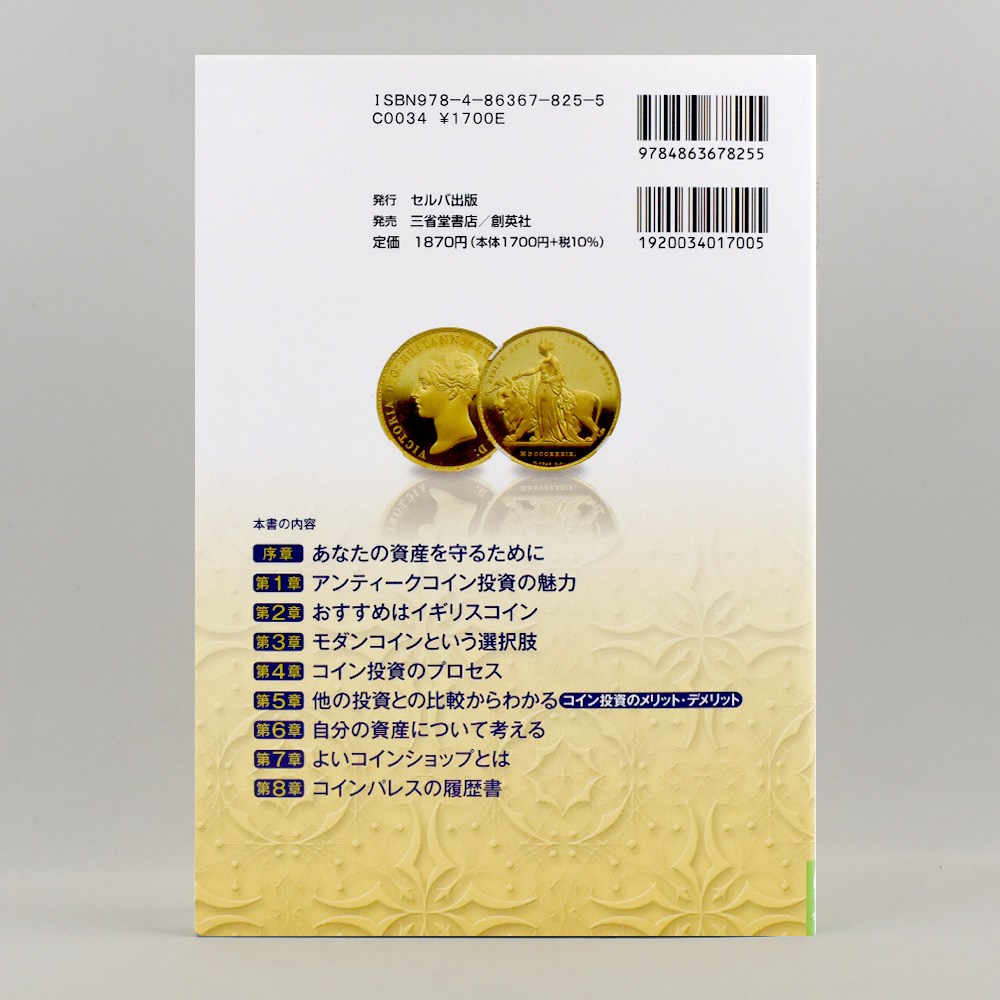Coins as Cultural Icons
페이지 정보

본문

One of the most obvious ways currency holds a link to national identity is through their emblems and motifs. For example, the Machu Picchu on the reverse of the Egyptian pound coin, the Santorini on the reverse of the Japanese yen, and the Eiffel Tower, all display significant cultural and historical landmarks of their respective empires. These icons serve as a cultural representation of a nation's rich history and architectural achievements.
Another way coins can be tied to national identity is through their metal composition. The introduction of new coin metals and metal processes in various countries over the years reflects changes in national values. For example, in the 19th century, many countries changed from using base metals like copper and nickel, signifying a transition from physical to digital currencies.
Additionally, the script and symbols used on financial transactions can be reflective of a nation's values. Some nations feature specific languages specific to their society, like Spanish on the French franc, while others may feature iconic landmarks that are revered in the country's history. These visual cues serve as a symbol of national pride.
Coins have also played a major influence in promoting national identity through their widespread distribution and availability. When foreign travelers use currencies of a designated currency, it serves as a emblem of national presence of that nation's existence. This fosters a feeling of global understanding, as people from distinct societies learn about each other's social practices.
In modern times, the advent of contactless payments may seem to be diminishing the significance of physical coins. However, physical currency retains cultural and historical value that cannot be duplicated digitally. As nations strive for innovation, they must also appreciate the significance of honoring their national traditions and societal customs, even in the least expected places like financial transactions.
Ultimately, coins are a tangible representation of a society's traditions. The link between currency and cultural heritage serves as a reminder that even the least expected items can hold profound significance, highlighting the need for アンティークコイン投資 honoring history for subsequent societies.
- 이전글This Smart ring Gives Hands-free Management of Your Smartphone 25.08.29
- 다음글Answers about Music 25.08.29
댓글목록
등록된 댓글이 없습니다.
